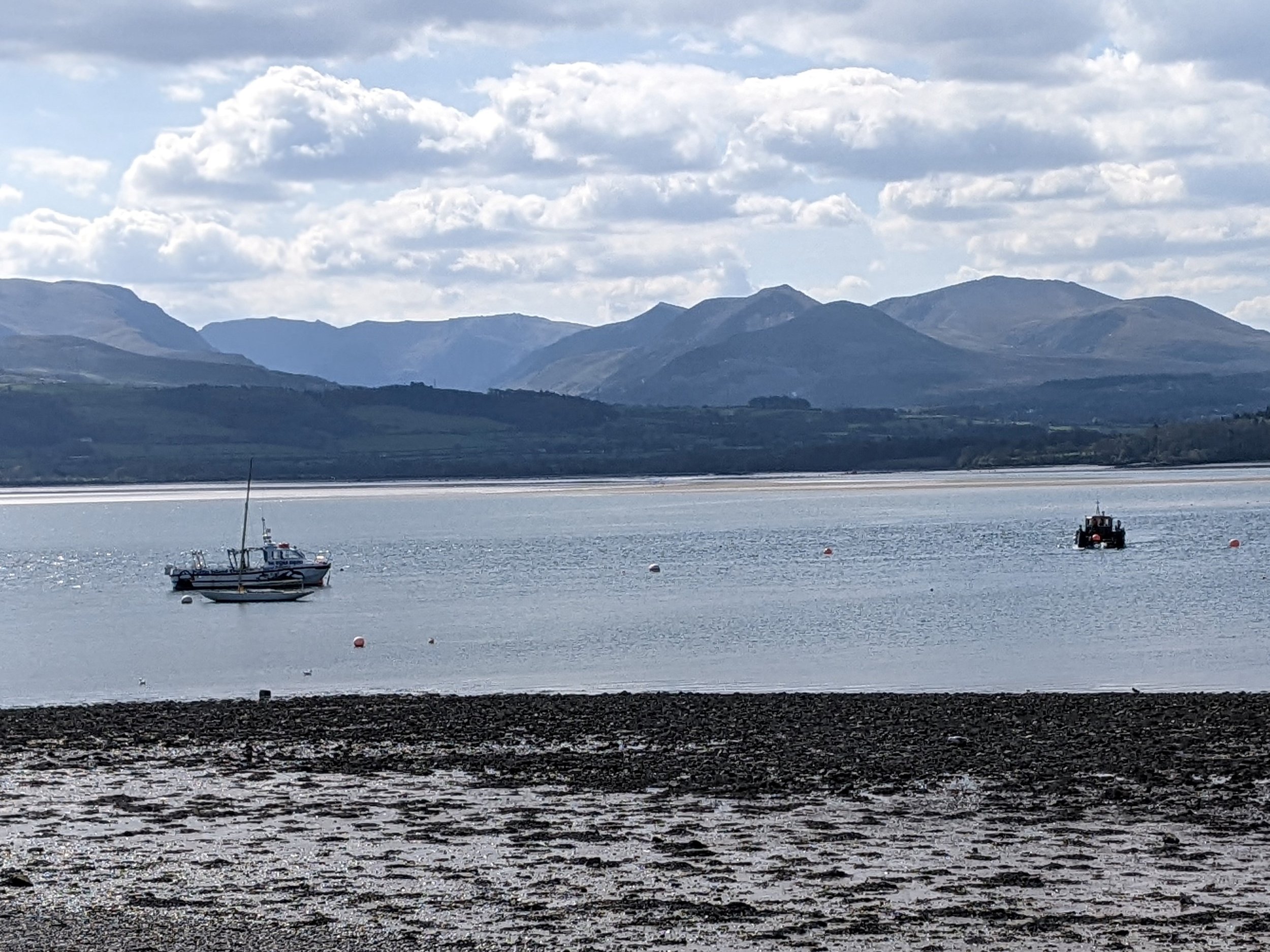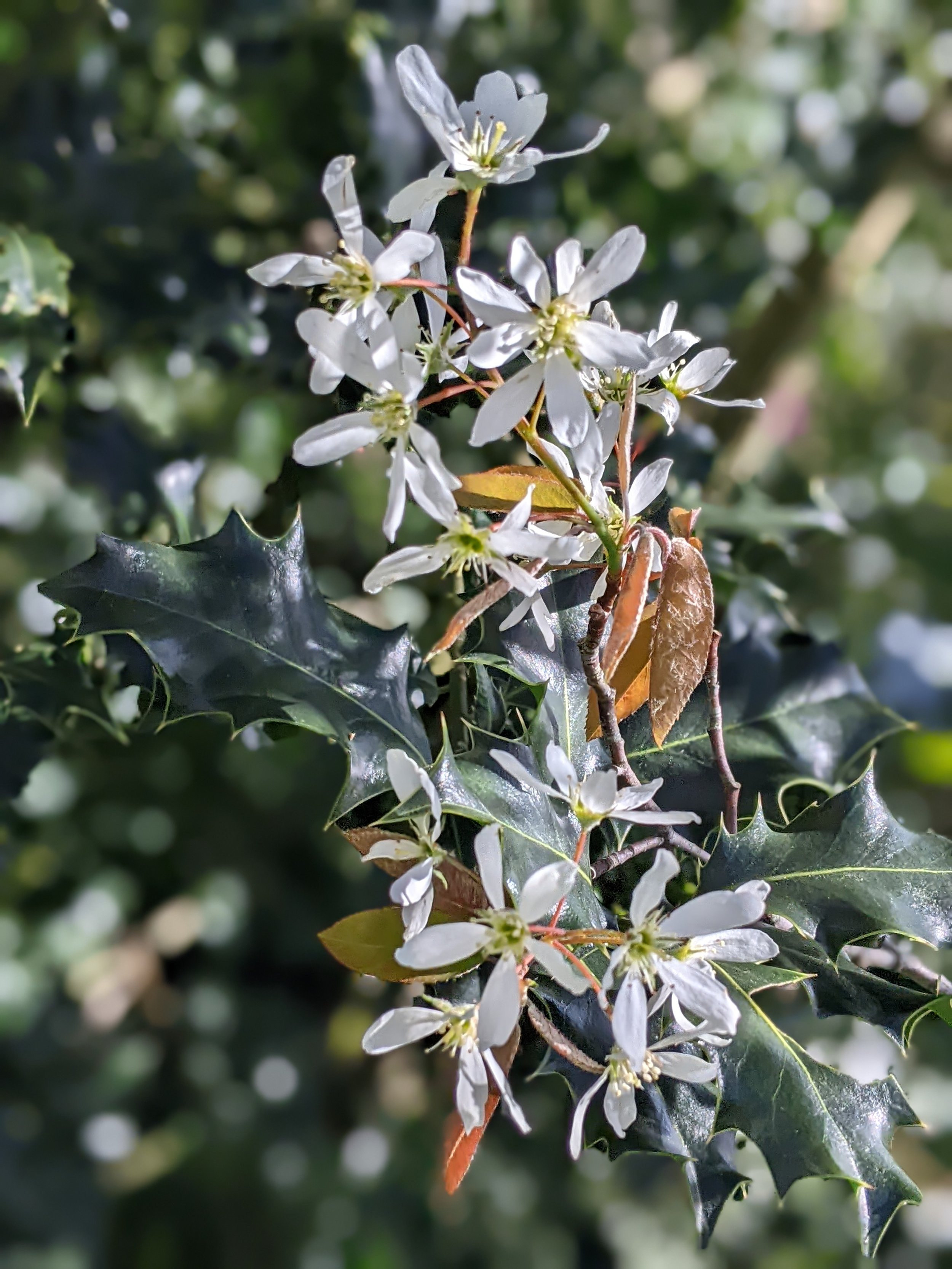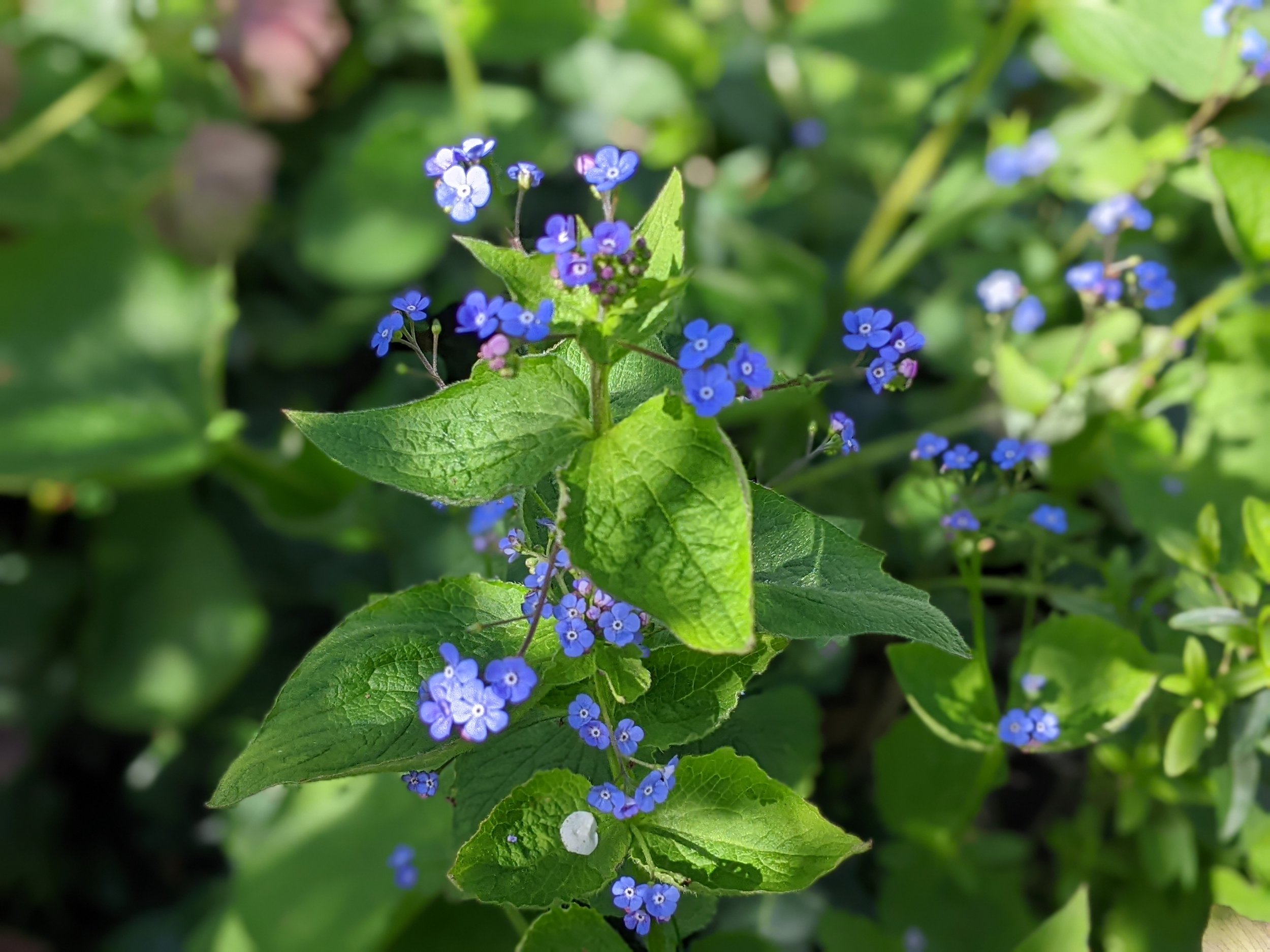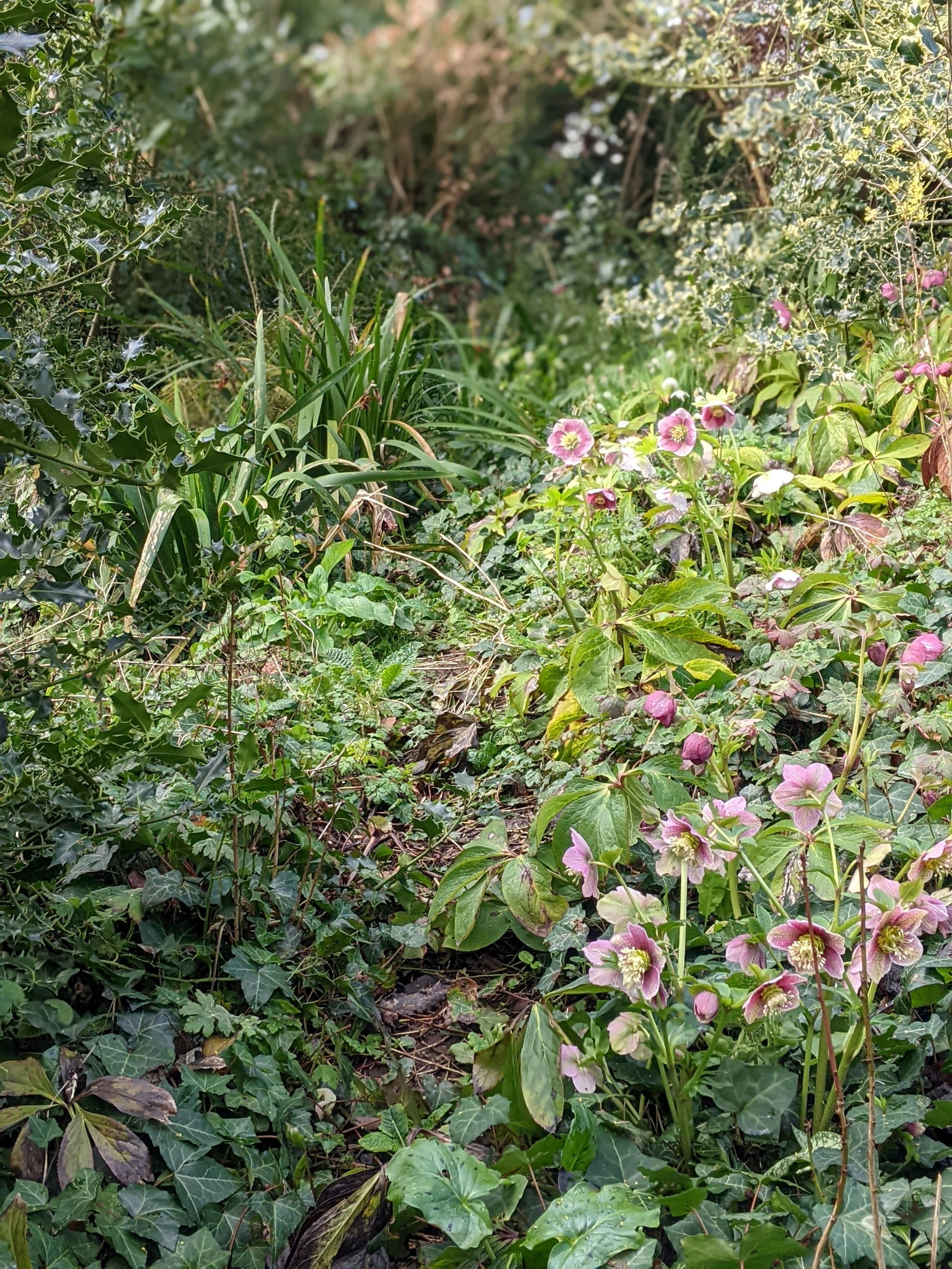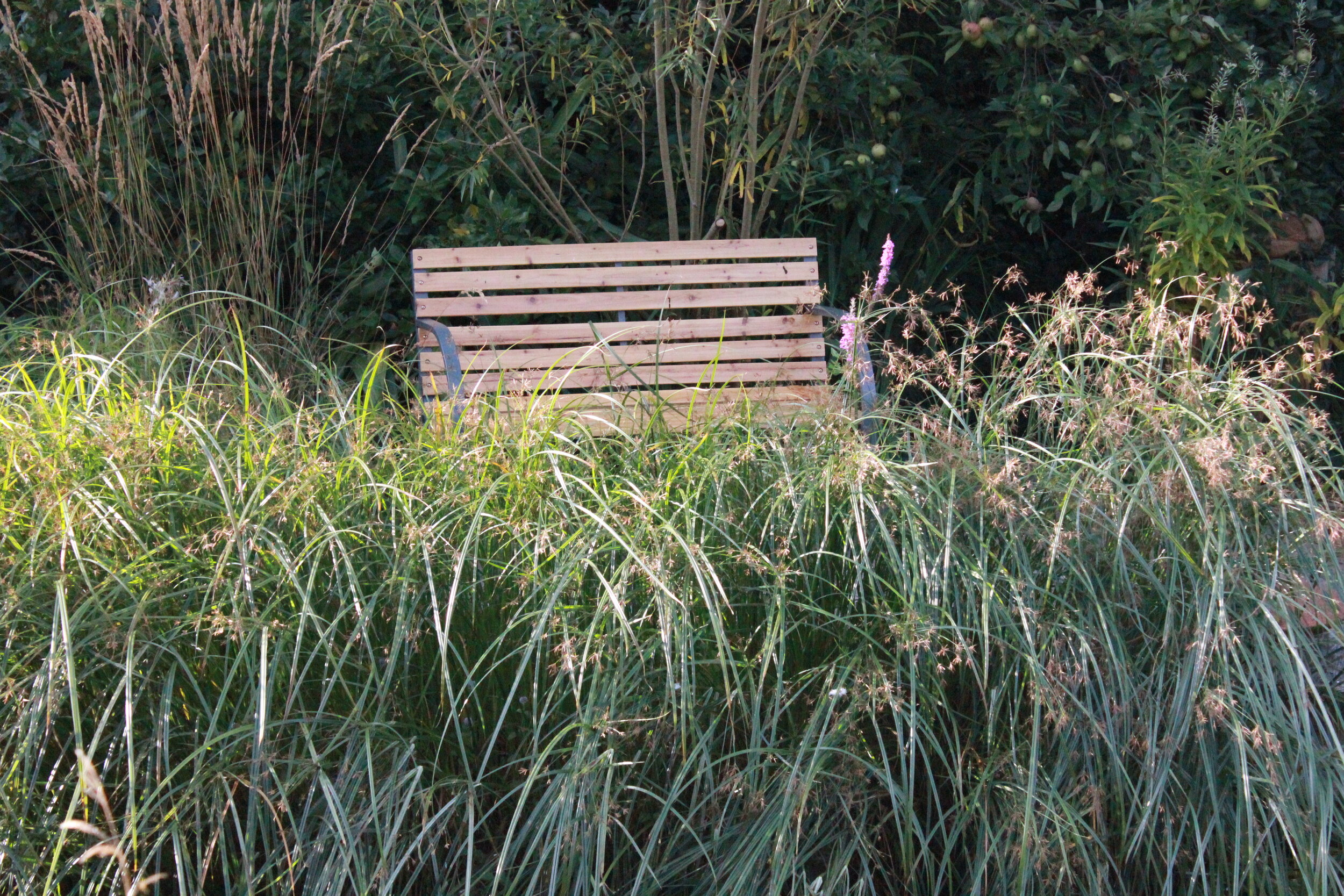While I mull over using terms like ‘wilding’ or ‘rewilding’ to describe the progress of my garden from its traditionally managed state to the loose and happy arrangement we now have with one another, I can’t help but be blown away by the roses this year. Those most garden worthy flowers, hybridised and developed from their wild ancestors for human pleasure probably longer than any other plant, and in my garden June has seen them bloom as never before. They have flowered with such generosity that I have to question how the spindly unhealthy plants I inherited ten years ago came to be so spectacular.
After their initial move from the formal rose garden I found them in when we moved here, to an informal mix and muddle along with herbaceous perennials, ornamental grasses and whole host of native plants which have since taken up residence, they have had very little care and attention from me. No mulch, no feed, very little water and perhaps most importantly, no pesticides or fungicides.
Last year’s hot summer and a wet spring might have had a part to play in this year’s abundance, but I have another theory, totally unproven, unscientific and without any evidence but it makes sense to me.
When we buy roses, we’re advised to give them a dusting of mycorrhizal fungi to help them settle in, a sensible purchase as an aid to their welfare, we know now how closely interwoven our plants roots are with the fungal networks below ground and how much they depend on one another. As my garden’s plant diversity has increased, it seems very reasonable to me that its fungal diversity will have increased too and that their symbiotic relationships should benefit both, even those least wild members of their community, the roses.
So that’s my theory, as biodiversity builds up in my garden so does the health and vigour of the plants. As good gardeners have known for years, the answer to most of our questions is in the soil.




















